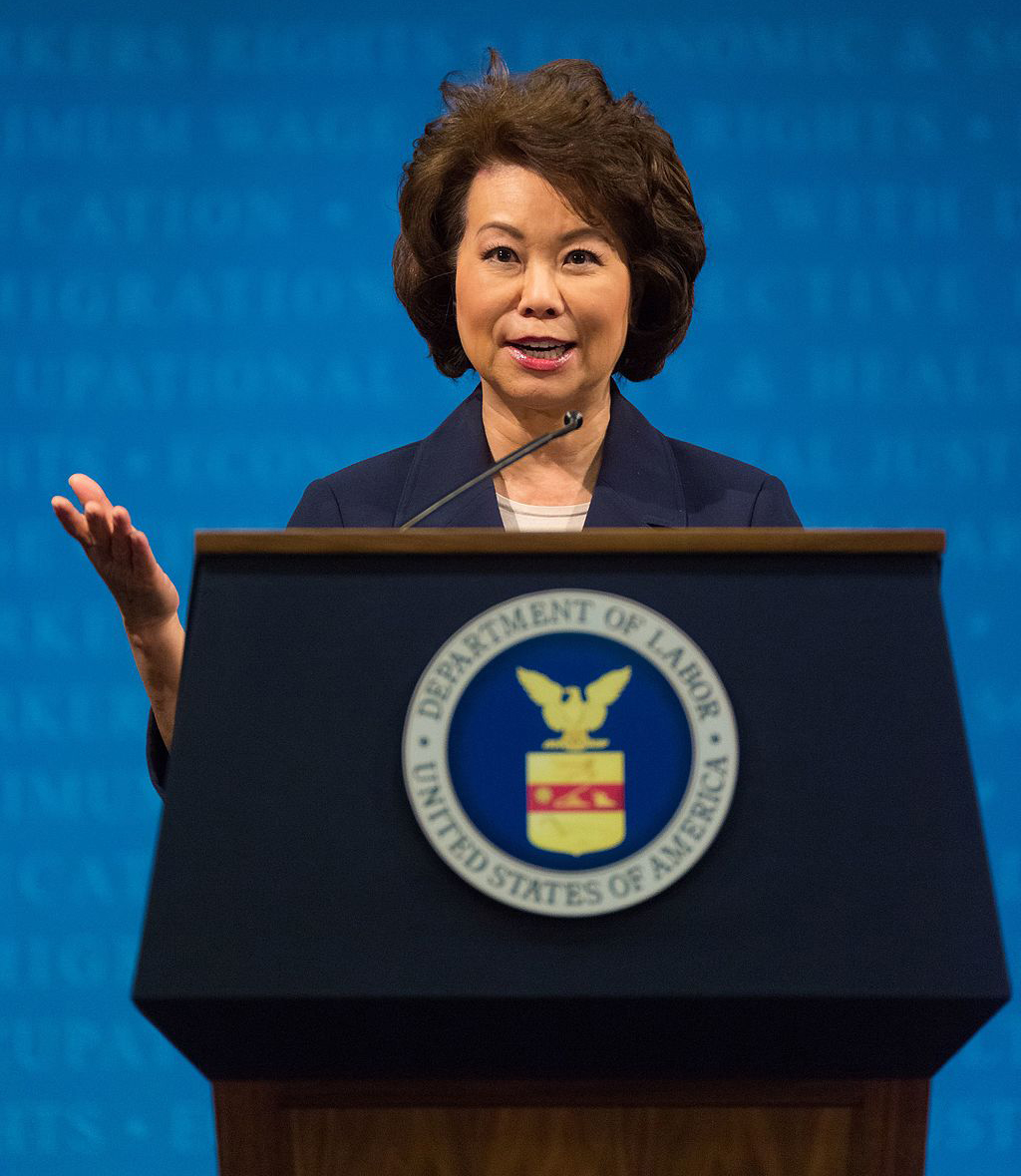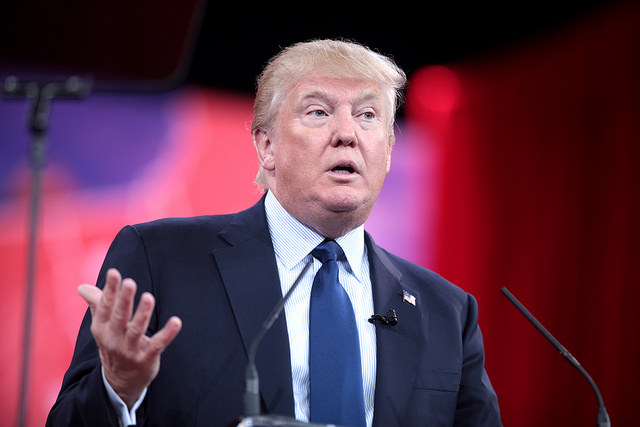Written by Mary Scott Nabers
President and CEO, Strategic Partnerships Inc.
 There is a possibility that, by the end of this month, President Donald Trump will release the guiding “principles” of his eagerly awaited $1 trillion infrastructure plan. Transportation Secretary Elaine Chao outlined some of the priorities in the plan for “restoring, rebuilding, refurbishing and repairing” the nation’s rapidly deteriorating transportation infrastructure.
There is a possibility that, by the end of this month, President Donald Trump will release the guiding “principles” of his eagerly awaited $1 trillion infrastructure plan. Transportation Secretary Elaine Chao outlined some of the priorities in the plan for “restoring, rebuilding, refurbishing and repairing” the nation’s rapidly deteriorating transportation infrastructure.
Chao testified before a congressional hearing on Wednesday of this week to address a timeline for the plan. She also discussed specifics on the use of public-private partnerships (P3s) to finance major transportation projects and the reform that is needed related to regulatory and permitting requirements.
State and local government officials, private-sector firms, private investors and other stakeholders are cautiously optimistic about what the president’s plan will include.
In sharing some of the highlights of the overall plan, Chao reiterated that the president’s goal is to use $200 billion in direct federal funds to leverage private investments totaling $1 trillion over 10 years.
Officials in rural areas and small communities in the U.S. should be heartened to know that infrastructure needs in the regions were considered a priority. Their issues were discussed during the hearing and Chao said the current administration understands the needs of rural America relative to infrastructure.
Chao said work is underway to provide funding options that address rural needs. Some funding mechanisms that work well for urban areas are not a good option for rural communities. One major concern in rural areas is that Trump’s proposed 2018 budget eliminates funding for TIGER (Transportation Investment Generating Economic Recovery) grants. Awarded by the U.S. Department of Transportation, these grants are important to states and local communities for infrastructure construction and improvements they otherwise could not afford. They are particularly important to rural areas and small communities and in many cases are used to leverage private investments.
 TIGER grants continue to be part of the discussion on the Trump plan, according to the Transportation Secretary. She said the administration wants to take a “more holistic approach” so TIGER grants may be “recast” in the future. The money taken out of the program could be put back into a larger, more comprehensive infrastructure plan.
TIGER grants continue to be part of the discussion on the Trump plan, according to the Transportation Secretary. She said the administration wants to take a “more holistic approach” so TIGER grants may be “recast” in the future. The money taken out of the program could be put back into a larger, more comprehensive infrastructure plan.
There are many problematic issues. Funding, for instance, for large projects is a concern of both rural and urban areas. P3s are one form of alternative funding but as an option, a P3 is not always the best type of engagement with small and rural areas. Without private-sector investment, local governments must rely predominantly on federal funding. And, there are some states that do not, by law, allow the use of P3s, so federal funding continuation is also important to them as well.
Chao underscored the fact that not every project will be of interest to private-sector investors. And, it is unrealistic to think that 100 percent of infrastructure funding can come from the federal government. Therefore, as far as funding, incentives for investment and more innovative and creative ways to finance infrastructure projects are concerned, “Nothing is off the table.”
Many government officials and private-sector firms complain that burdensome restrictions and regulations drag out the completion of projects. Chao said those issues are being addressed, including “duplicative and redundant requirements that impede and slow down” projects and the importance of “common sense” regulations. One possible solution to delays would be to handle some regulatory requirements concurrently instead of sequentially. Efforts will be made, she said, to streamline and accelerate delivery of projects but not at the expense of environmental and other concerns.
A timeline for the pending infrastructure plan will be based on the congressional timetable, said Chao. The anticipation is that the House and Senate would begin discussions in the third quarter of this year. However, it is probable that basic principles of the plan will be released soon. No specific list of proposed projects will be announced or prioritized, according to the Secretary, but rather principles regarding the decentralized nature of the plan and the possible “seeding” of federal dollars for projects that will leverage other money from the private sector.
If only days remain until the country gets a first look at basics of the president’s plan, interested parties should be on high alert.
…
Mary Scott Nabers is president and CEO of Strategic Partnerships Inc., a business development company specializing in government contracting and procurement consulting throughout the U.S. Follow Mary on Twitter.
Tags: Elaine Chao, Mary Scott Nabers, President Trump, Secretary Chao, Strategic Partnerships Inc., TIGER Grants, Trump Administration






 RSS Feed
RSS Feed